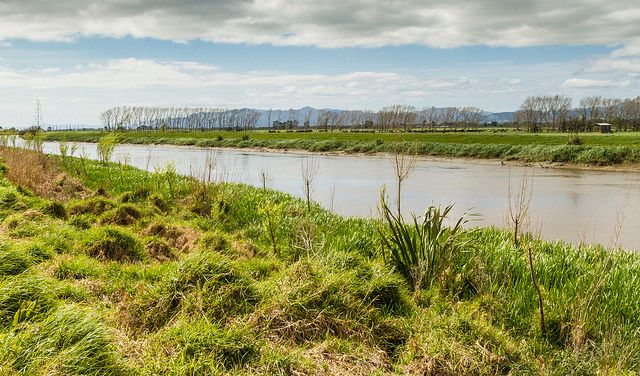Freshwater
Freshwater
Specific farming activities are now subject to controls under the National Environmental Standards for Freshwater (NESF). To qualify as a permitted activity under the NESF activities need to meet the relevant permitted activity conditions, some of which detail specific management measures that must be adopted. Where the NESF requires a farming activity to apply for resource consent, then the measures discussed below provide an example of the measures an applicant might look to adopt as part of its consent application. The NESF is discussed here.
In 2011 the Government introduced the National Policy Statement for Freshwater Management (NPS-FM). This national policy has last been revised in 2020. Regional Councils have been tasked with implementing the purpose of the NPS-FM which is to give effect to Te Mana o Te Wai. It seeks to maintain or improve the overall water quality and protect values of outstanding water bodies and wetlands using national bottom lines for a set of attributes
Water use
There are many pressures on farms to improve the water use efficiency of their crops. Optimising water management on a farm utilises best practice methods, which may change over time as our understanding evolves. Tools such as soil-water sensors are useful to identify the current soil water status. Partial rootzone drying is a technique developed for viticulture which deliberately exposes a plant to water stress to bring about physiological changes that can improve the efficiency of water use.
The Resource Management (Measuring and Reporting of Water Takes) Regulations 2010 were amended in 2020. The amended regulations apply to holders of resource consents that allow freshwater to be taken at a rate of 5 litres/second (l/sec) or more, and require them to:
- measure their water use every 15 minutes,
- store their records, and
- electronically submit their records to their council every day.
These usually requires the use dataloggers and transmission devices that are installed to existing water meters. The data is to be delivered to regional councils via telemetry, except in certain circumstances that warrant an exemption (eg, no cellular coverage in an area, etc.). The granting of exemptions is at the discretion of the relevant regional council, but in general it is expected that all takes at a rate of 5 litres/second (l/sec) or more are telemetered.
[Author1]new
Water quality
Measures required to address non-point source discharges from agriculture comprise of three categories: reduction at source, interception of pollutants on land, and interception or processing of pollutants in water.
eaac2460-6153-42b1-b8c6-d357192941bf

Fertiliser and sediment can enter waterways directly or through ground seepage and soil erosion. Measures to reduce this problem include:
- Ensuring that fertiliser application levels are within the carrying capacity of the catchment
- Maintaining well vegetated riparian areas
- Matching the quantity of fertiliser applied to plant requirements
- Avoiding the application of fertiliser when grass growth is active
- Avoiding fertiliser applications when rain is likely or when the water table is high
- Constructing sediment ponds in areas where there is significant run-off
- Constructing farm roads and tracks on stable low-gradient sites and including frequent cut-off channels
- Constructing bridges and culverts at frequently used river crossings
- Minimising cultivation of soil especially in erosion prone areas
The preparation and implementation of farm environmental management plans and nutrient budgets can enable the range of environmental impacts from a single farming operation to be identified and managed. However, the adoption of best practice farm management approaches at the individual farm level, will not necessarily be sufficient to reduce the impacts of farming activity at a catchment level, so that they are within the environmental carrying capacity of the catchment. This may require controls on the location of farming activity and on the use of fertilisers.
Horticultural activities may result in nutrients from fertilisers leaching from the soil into freshwater. Such impacts can be reduced by carefully matching fertiliser use to plant requirements and maintaining riparian margins. Practical and effective Nutrient Management Plans (NMP) are critical to this. Farmers and regulators need to have confidence in these. One way of ensuring this is to use a certified Nutrient Management Adviser. These rural professionals have achieved an agreed standard to provide certified nutrient management advice.
Other resources include:
- Horticulture NZ code of practice for Nutrient Management (2014) and its accompanying guide
- Horticulture NZ code of practice for Erosion & Sediment Control Guidelines for Vegetable Production
- Fertilizer Association code of practice for nutrient management[C4]
- Plant and Food Research Water Management Tools[C5]
- IrrigationNZ train designers and user using several codes of practice including Irrigation Evaluation Code of Practice.
-
R Davies-Colley , K Cameron, G Francis, V Bidwell, A Ball and L Pang, 2003, 13-14
Last updated at 11:29AM on September 10, 2021